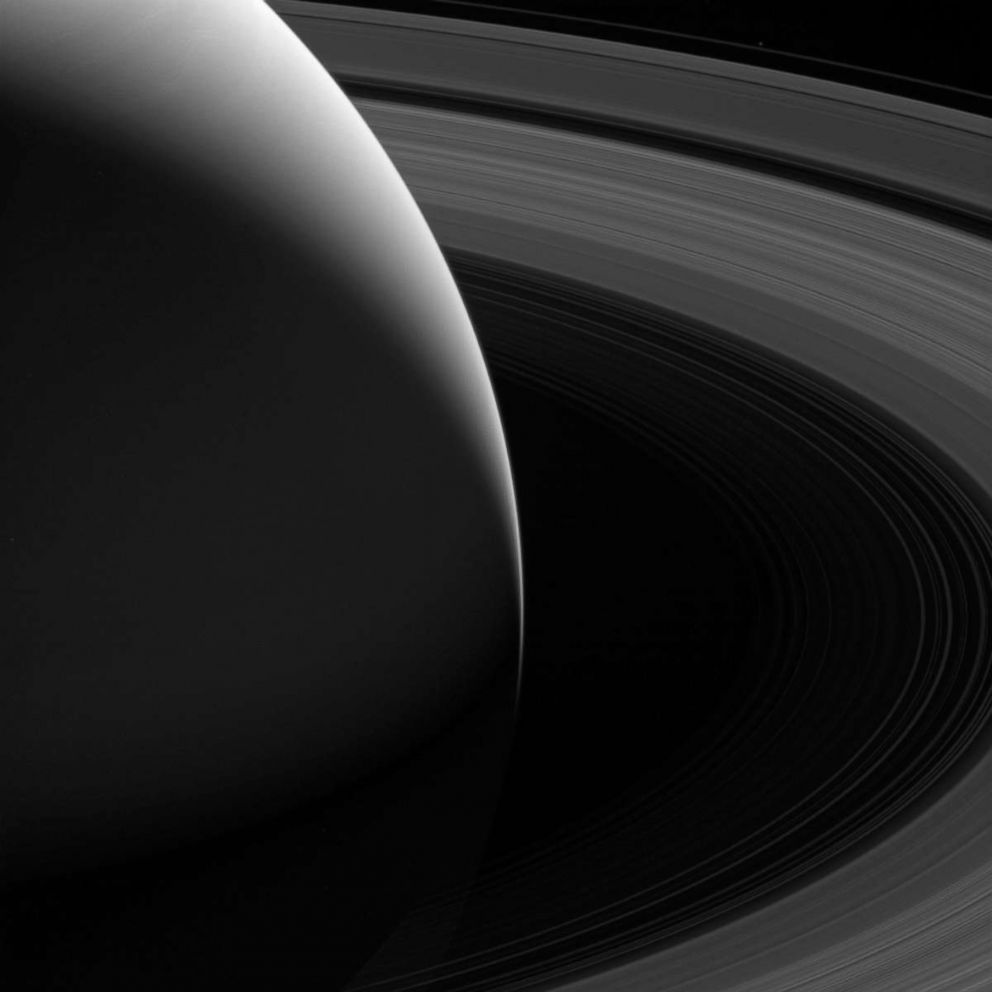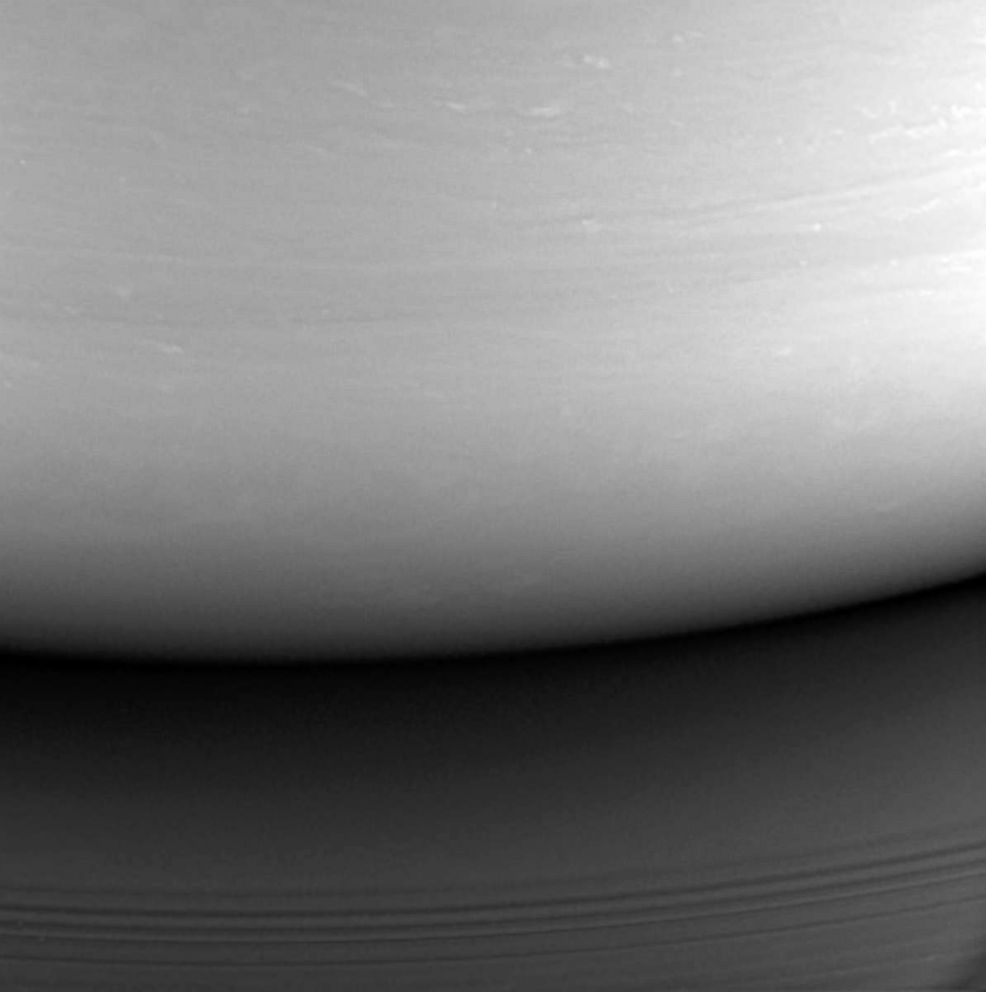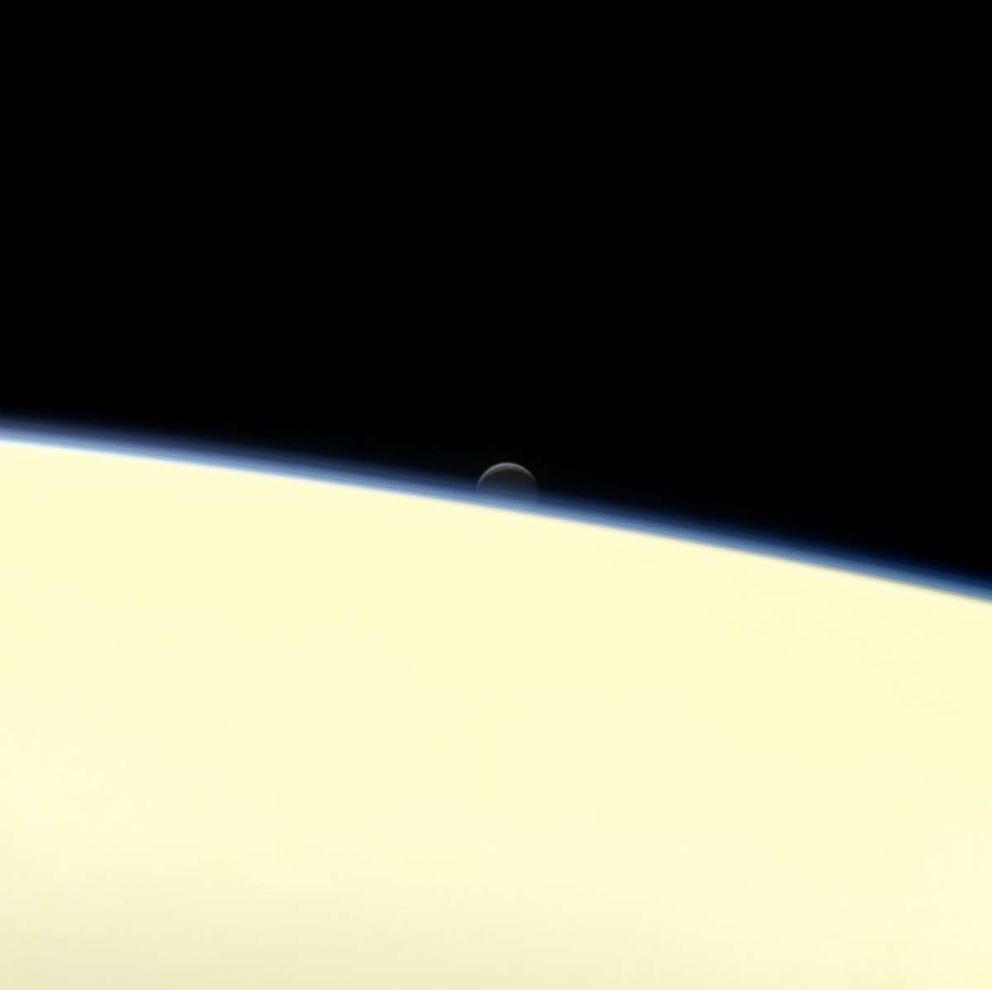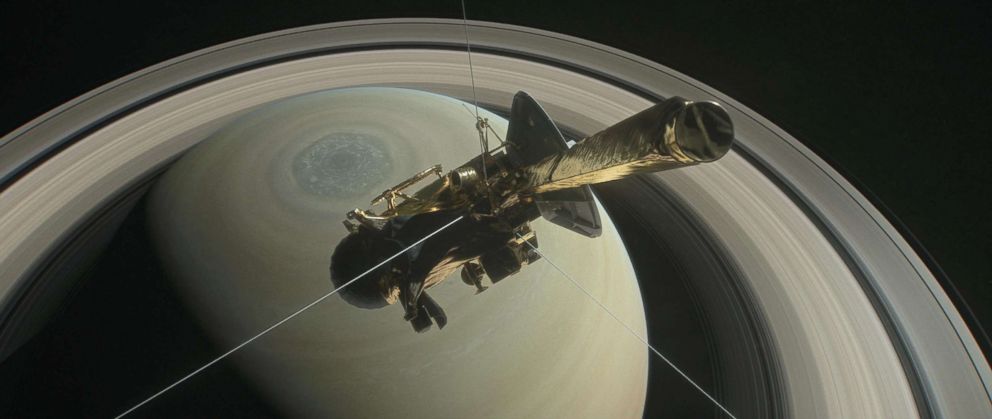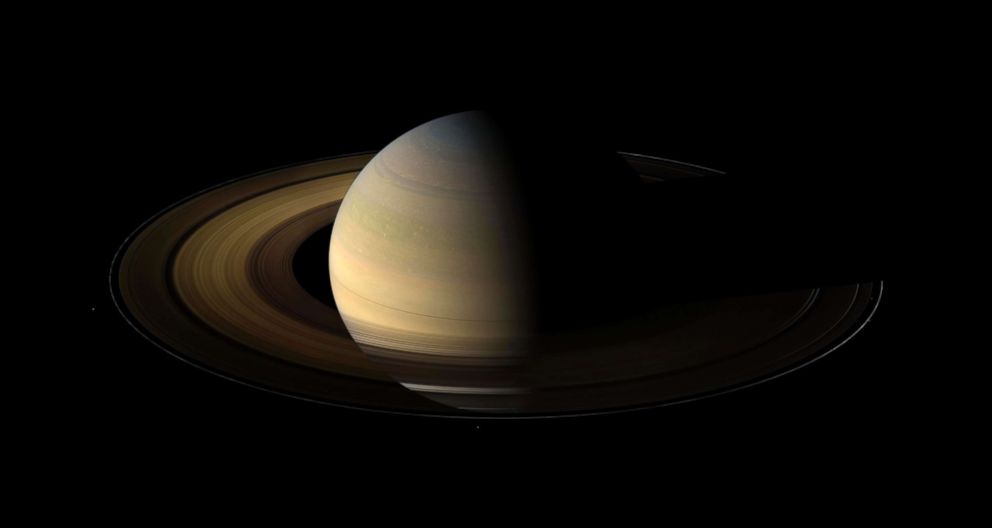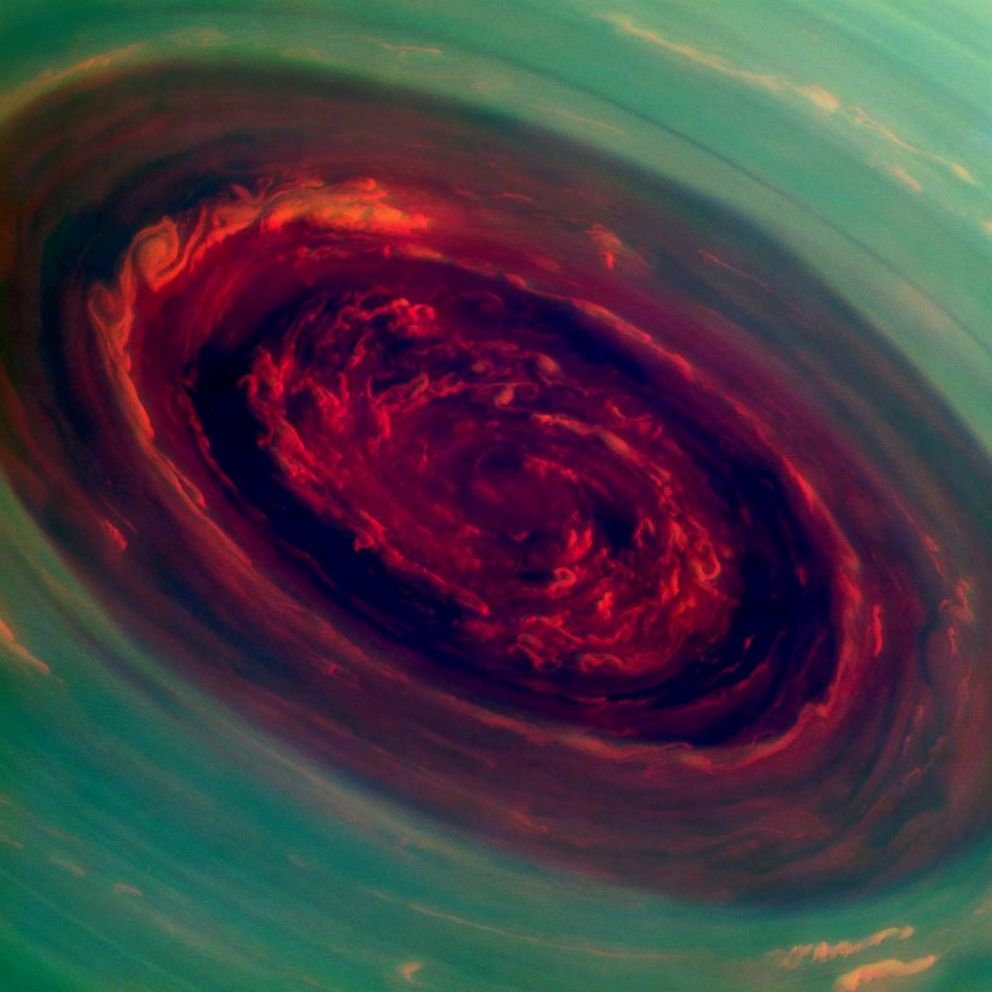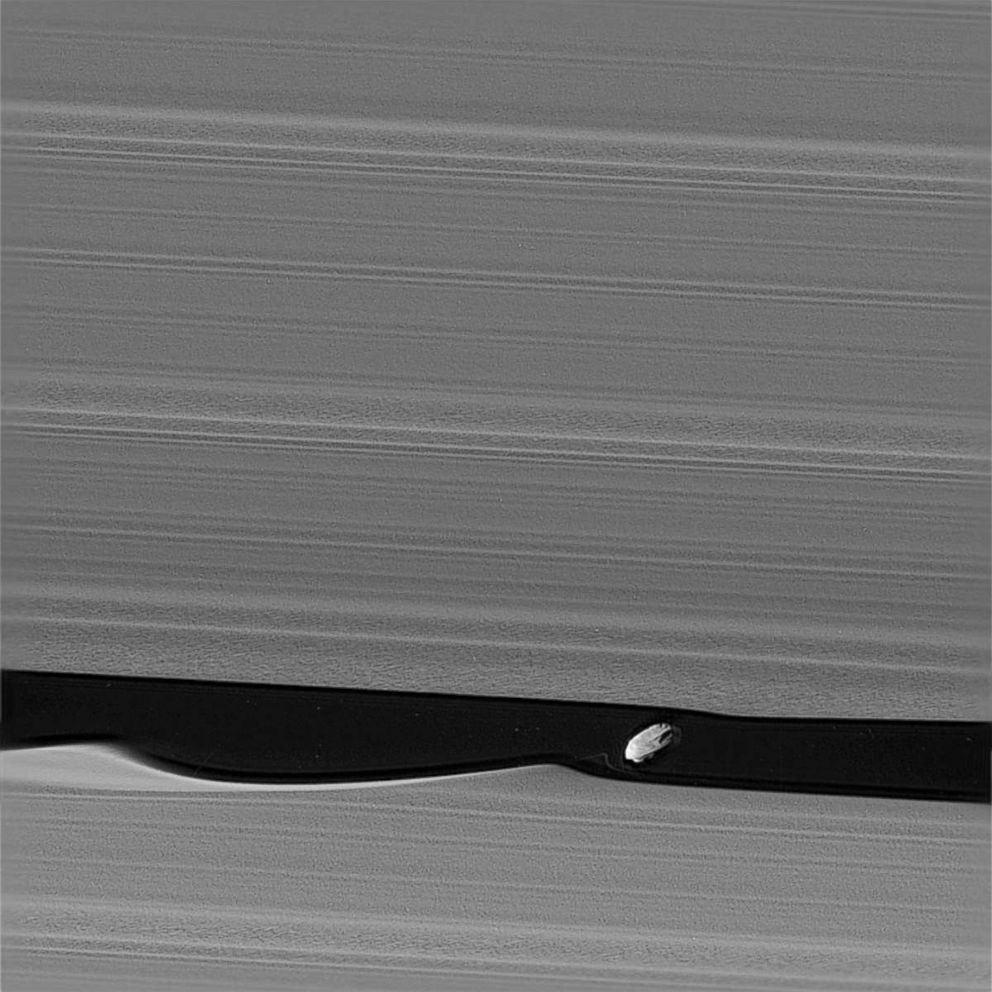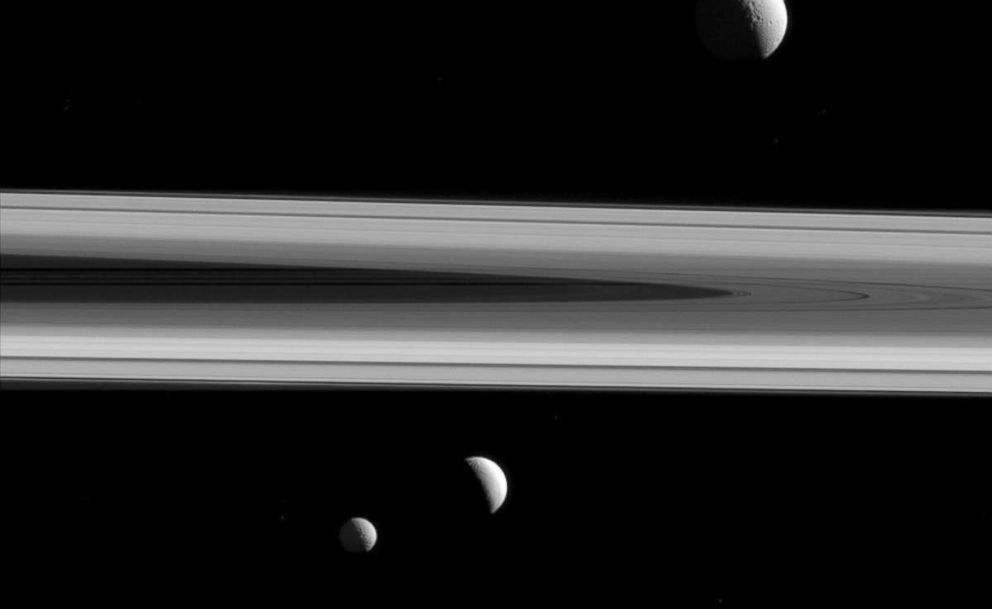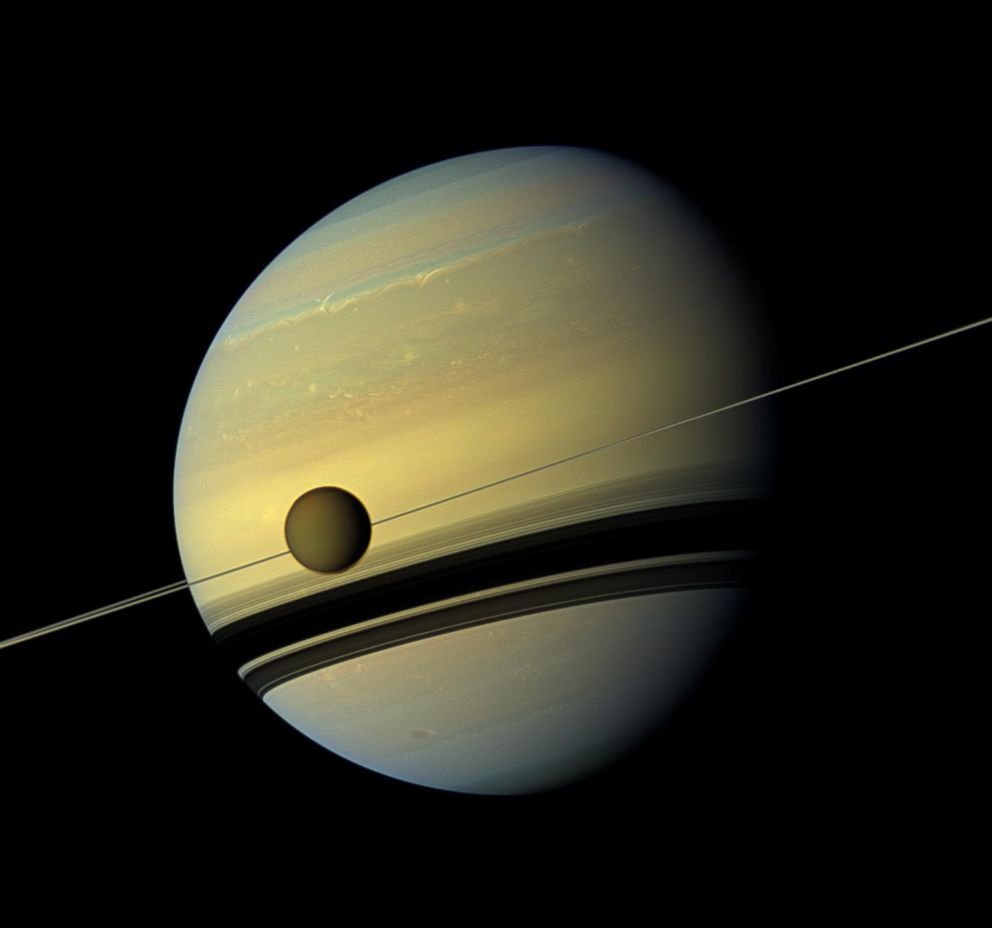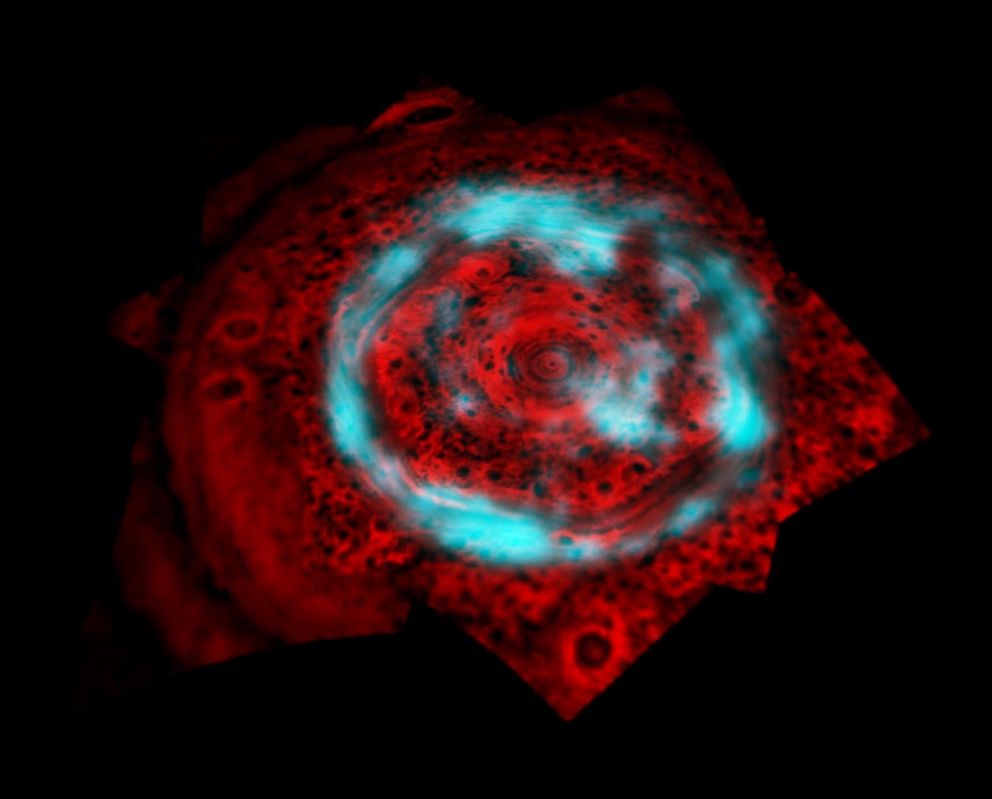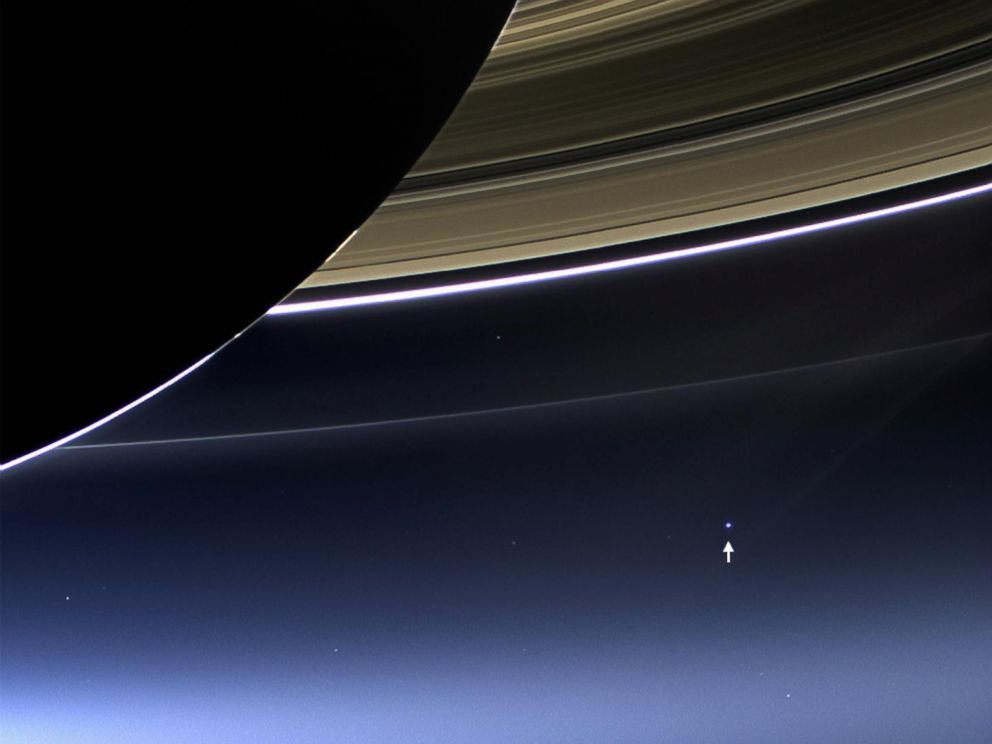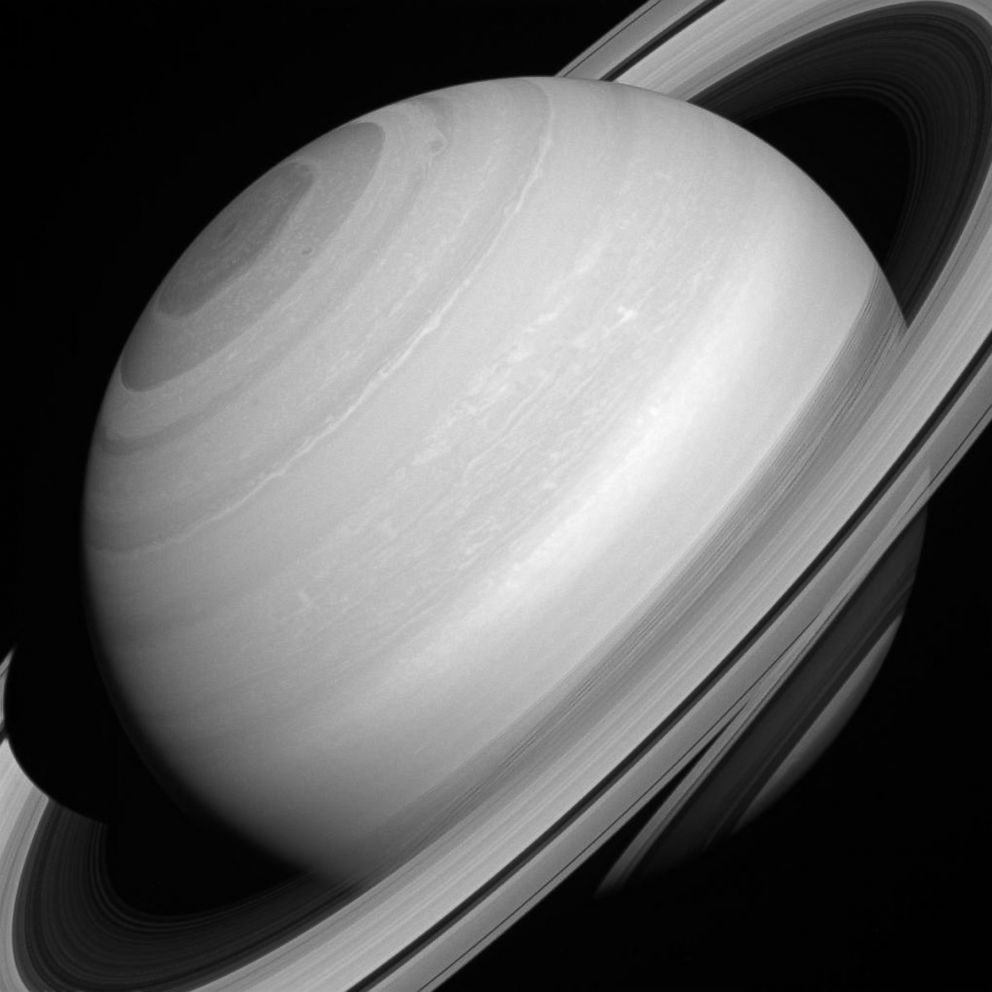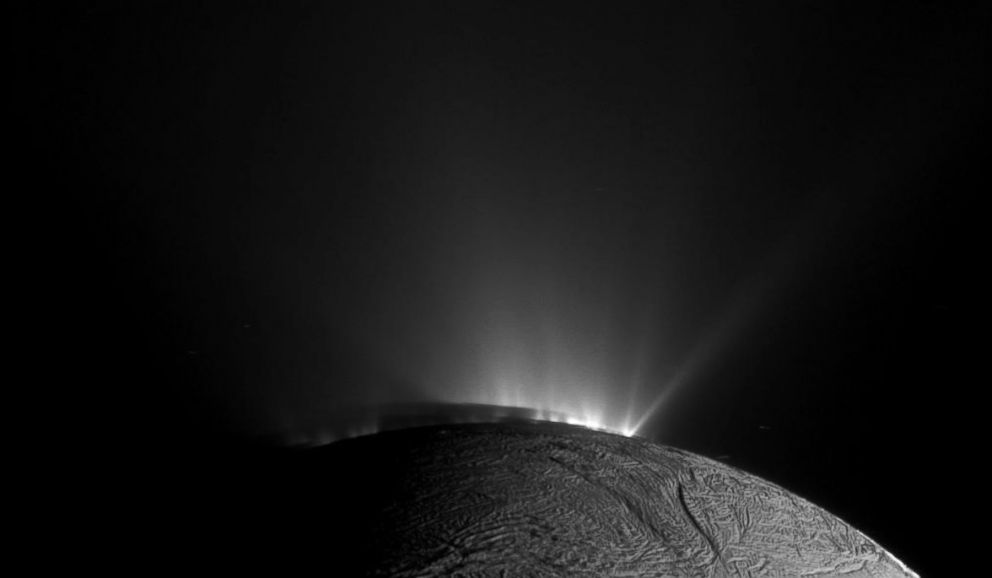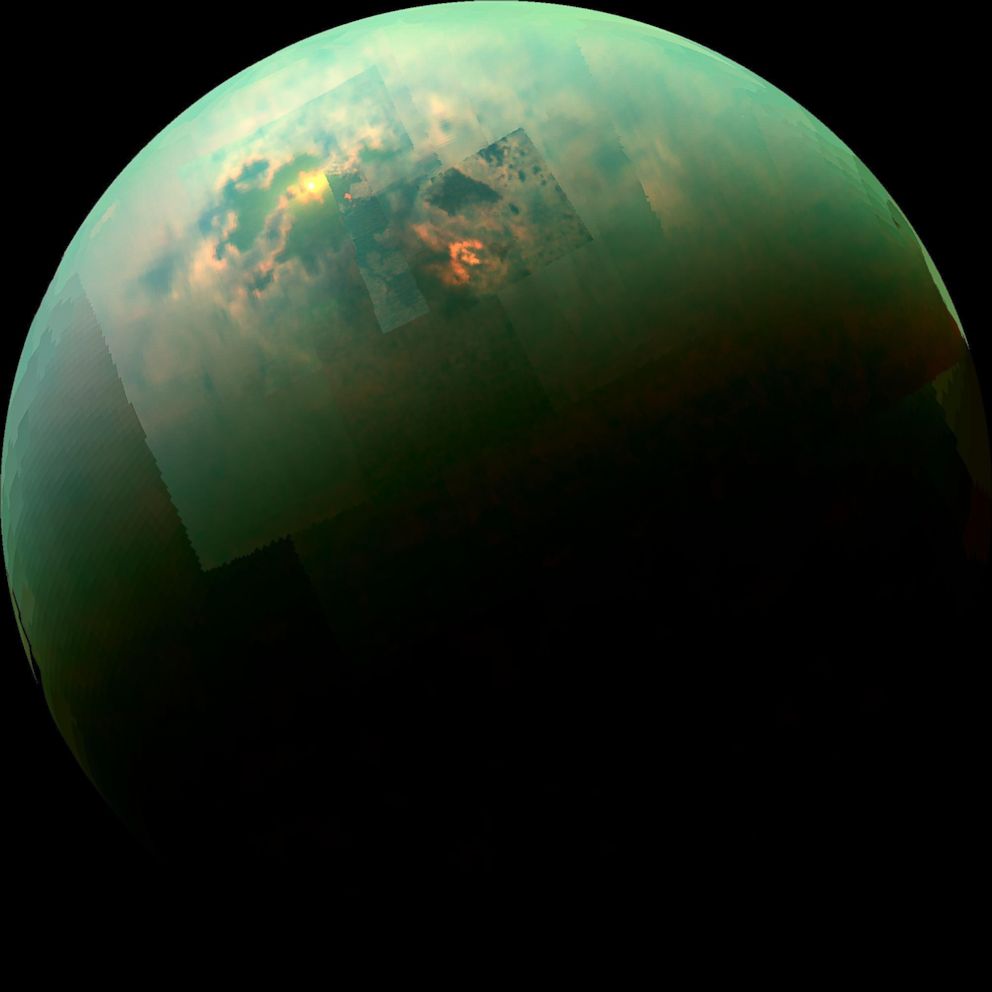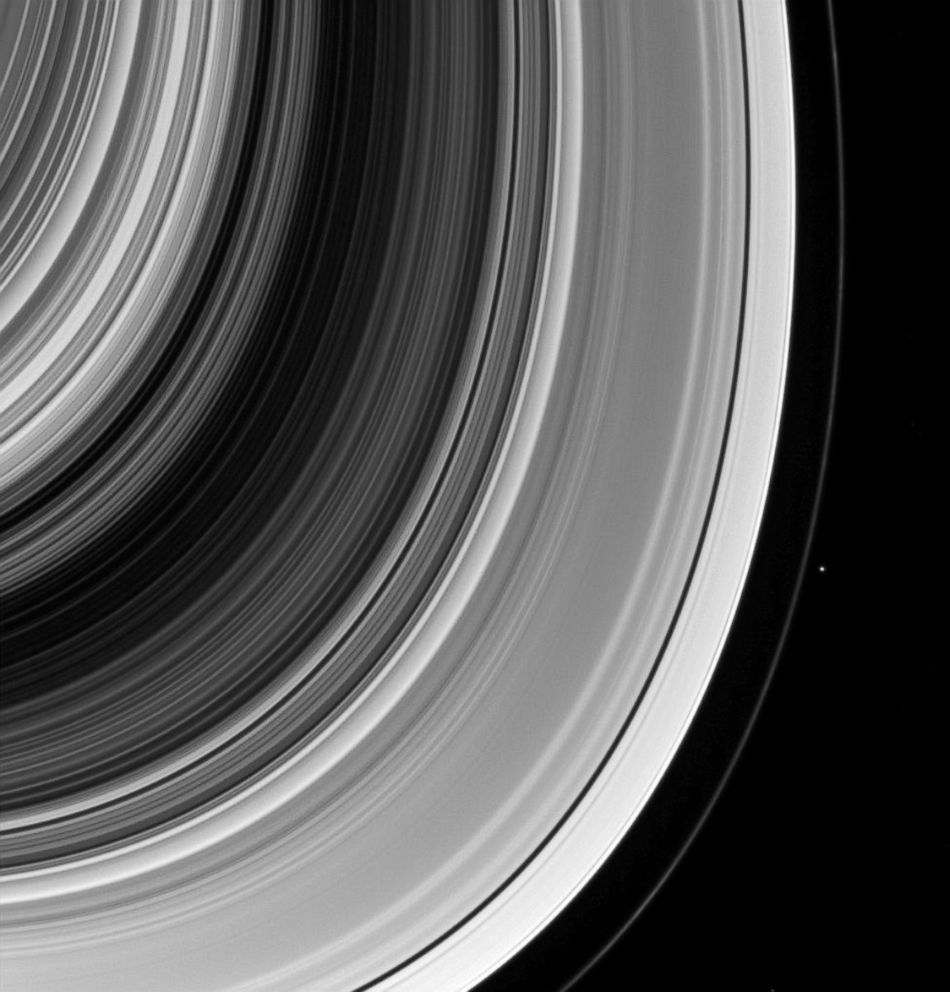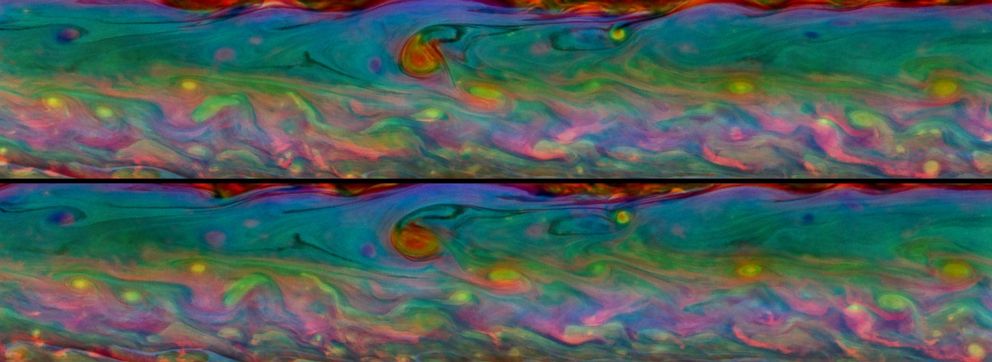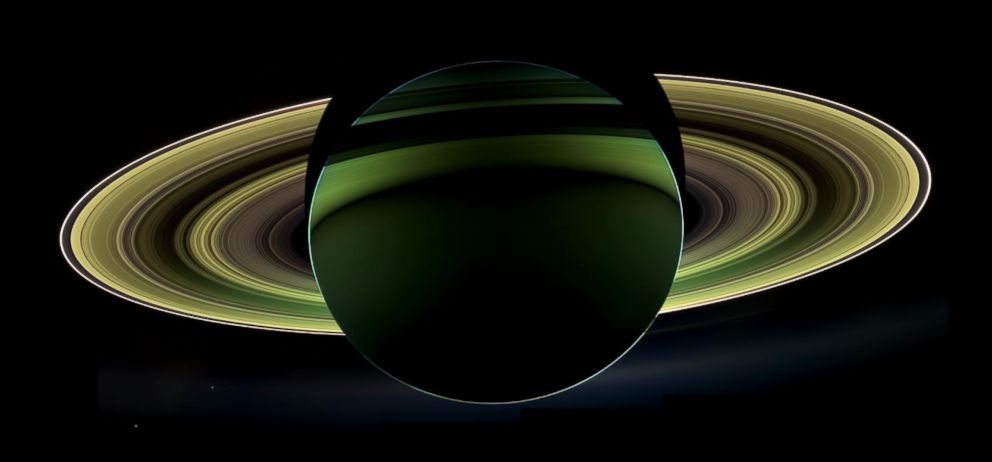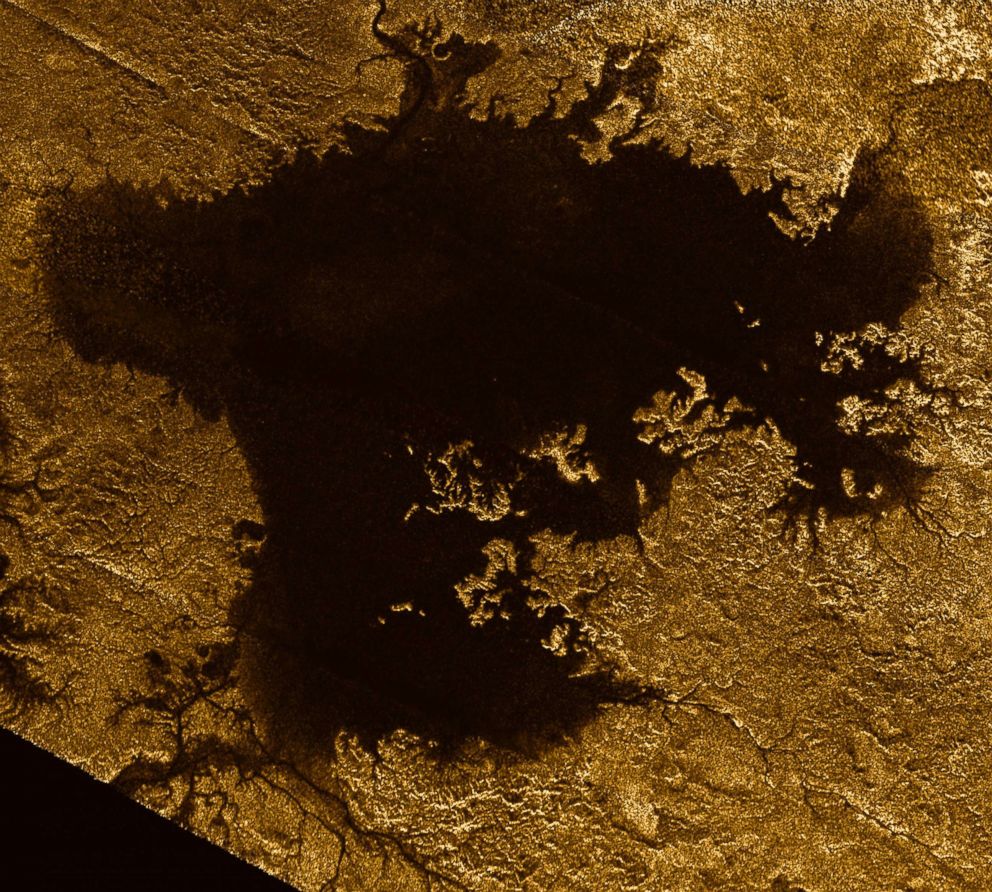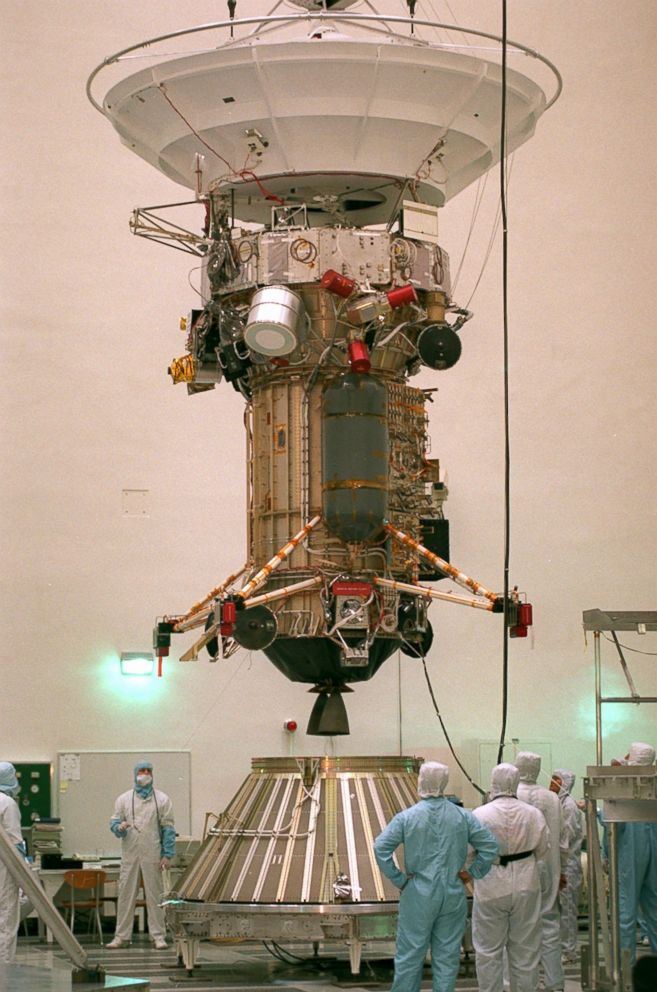NASA to send unmanned probe to investigate the sun up close
The one-of-a-kind mission is named after physicist Eugene Parker.
— -- In the summer of 2018, NASA will launch a one-of-a-kind mission directly into the sun’s atmosphere in an effort to bring back answers to solar physics questions that have long puzzled scientists.
The mission, which has been discussed since at least 2008, is centered around an unmanned probe that will fly within four million miles of the sun. The probe will be subjected to heat that no other spacecraft has ever previously endured, according to the space agency.
The mission has been named the Parker Solar Probe in honor of astrophysicist Eugene Parker, according to NASA. The space agency announced the mission's name at a ceremony at the University of Chicago, where Parker serves as the Distinguished Service Professor Emeritus at the Department of Astronomy and Astrophysics.
Parker’s work formed "the basis for much of our understanding about how stars interact with the worlds that orbit them," NASA announced.
The decision to name the probe after Parker, a living person, is a first, according to Thomas Zurbuchen, associate administrator for NASA’s Science Mission Directorate in Washington.
Mind-blowing images of Saturn from the Cassini orbiter
“It’s a testament to the importance of [Parker's] body of work," Zurbuchen said. "I’m very excited to be personally involved in honoring a great man and his unprecedented legacy.”
Parker Solar Probe Project Scientist Nicola Fox, of the Johns Hopkins University Applied Physics Laboratory, said that the mission will answer questions about the sun that scientists have wondered about for decades.
“It’s a spacecraft loaded with technological breakthroughs that will solve many of the largest mysteries about our star, including finding out why the sun’s corona is so much hotter than its surface. And we’re very proud to be able to carry Gene’s name with us on this amazing voyage of discovery,” Fox said.
The mission will launch during a 20-day window that opens on July 31, 2018, and is part of NASA’s "Living With a Star" program, which is designed to study the sun and its interactions with Earth and the broader solar system.
